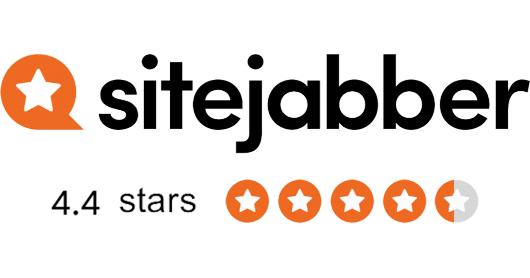What is Airbnb Clone?
Airbnb Clone is an online solution where listed Rental Properties are shared amongst host and guest. This is the best solution for entrepreneurs to start a rental business instantly. It is the best web & mobile-based property rental script and it has all the core features of Airbnb.
Makent - Airbnb Clone is the perfect choice for shared economy rental business startups and for transforming your small businesses from Offline to the most trending online platform, so you can give a big hit easily. We keep you in the top position of the market, as we keep updating new features and updating technologies by comparing with competitors.






